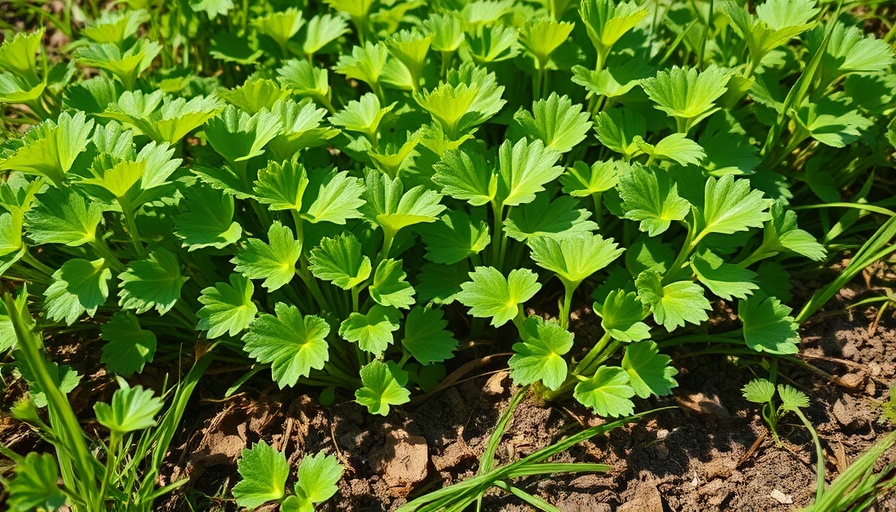
Discovering the Value of Stinging Nettle
Stinging nettle, often dismissed as just a pesky weed, has a plethora of benefits that can transform your garden and your health. Initially known for its painful sting, this remarkable plant, Urtica dioica, is actually rich in nutrients and can be safely consumed when prepared correctly. Not only is it a powerhouse herb, but it’s also a low-maintenance addition to your garden that can offer both culinary and medicinal uses.
The Nutritional Powerhouse: Why Grow Stinging Nettle?
This perennial herb is found predominantly across Europe, Asia, and North Africa. It thrives in various conditions and requires minimal effort to cultivate. Once established, stinging nettle can be harvested seasonally, providing you with fresh greens loaded with vitamins A, C, iron, and calcium.
Many DIY enthusiasts are becoming increasingly aware of the health benefits of their garden produce, making stinging nettle an attractive option. For instance, nettle tea is not only a delightful brew but also steeped in health benefits, including anti-inflammatory properties that help with various ailments.
Planting Nettle: Getting Started
Stinging nettle prefers rich, moist soil and can be cultivated in USDA Zones 3-10. Choose a sunny spot, or a place that offers some shade during the hottest part of the day. The ideal soil pH is between 5-8, accommodating both acidic and alkaline environments.
When planting, space your nettles 8 inches apart and plant them at the surface level to allow for optimal growth. Typically, they can reach a height of 2-4 feet and will mature in about 80-90 days, rewarding you with a robust yield.
Maintenance Tips: Caring for Your Nettle
Once your stinging nettles are thriving, maintenance is straightforward. They prefer moderate watering, which can be easily managed through regular rainfall in your area. Applying organic fertilizers during the growing season can also enhance their health and nutritional profile.
In terms of pests, nettles tend to be pest-resistant, making them an excellent companion plant in your garden. Their presence can also attract beneficial insects that prey on harmful pests, promoting a self-sustaining garden ecosystem.
Harvesting Stinging Nettle: When and How to Do It
The best time to harvest stinging nettle is during its early growth phase in spring and early summer. You can collect the young leaves and stems, which are most tender and flavorful. Remember to wear gloves during harvesting to avoid the infamous sting, and consider using scissors to cut the stems just above the leaf nodes.
Once harvested, nettles can be used in various dishes, from soups to pesto, and even as a nutritious addition to smoothies. Additionally, they can be dried for tea or cooked, neutralizing the sting and revealing their rich, earthy flavor.
Potential Challenges and Solutions in Growing Nettle
While stinging nettle is generally easy to grow, there are challenges to consider. Overcrowding can lead to stunted growth, so thinning out plants to provide room for air circulation is essential. Moreover, if left unchecked, nettles can spread rapidly. Regular harvesting can help manage their spread while reaping their amazing benefits.
Community Connection: Sharing the Harvest
As with any gardening venture, sharing your bounty can foster connections within your community. Consider trading nettles with neighbors or local markets, encouraging others to discover the benefits of this versatile herb. Hosting workshops or sharing recipes can also spread awareness about the nutritional benefits of nettles and empower your community to embrace gardening.
Taking Action: Your Next Steps in Gardening
It’s time to reframe how we view stinging nettle in our gardens. With these practical insights, growing stinging nettle not only supports your dietary needs but also enhances the biodiversity of your gardening efforts. Embrace the stinging nettle—your garden will thank you!
 Add Row
Add Row  Add
Add 




 Add Row
Add Row  Add
Add 

Write A Comment